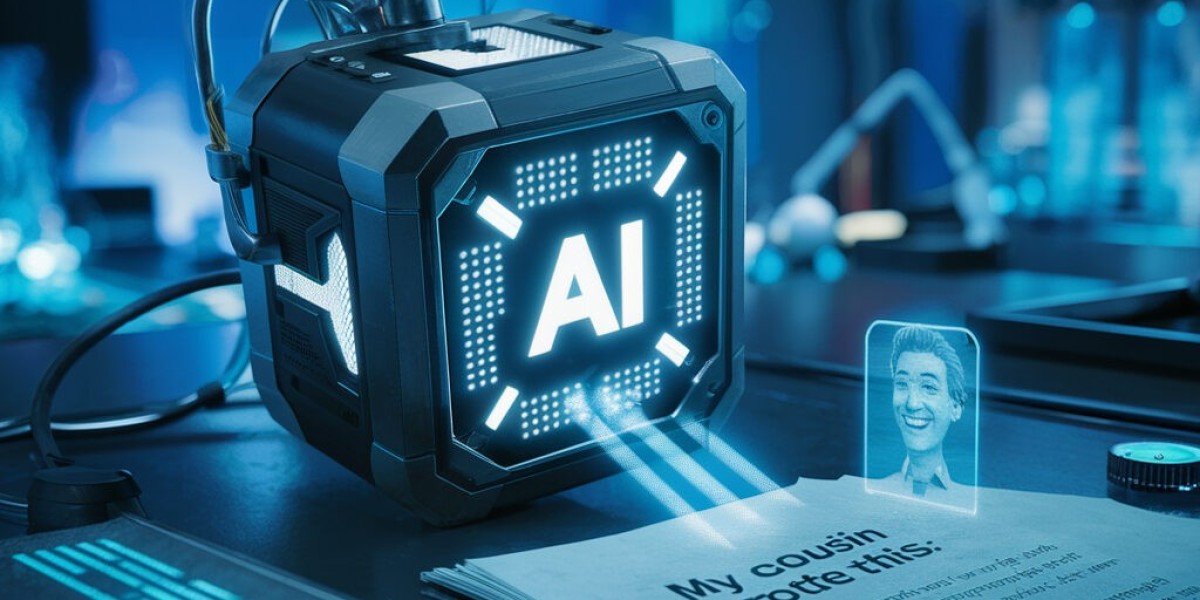From generating poetry to writing emails, AI tools have dramatically changed how we work, learn, and communicate. But as AI becomes increasingly indistinguishable from human intelligence, a pressing question arises: How do we tell what’s real and what’s generated by AI? Enter the AI detector — a modern solution to a futuristic problem.
What is an AI Detector?
By analyzing text structure, grammar patterns, and syntactical oddities, these detectors can identify whether a piece of content was likely written by a human or an algorithm. Think of it as a literary lie detector, trained not to detect emotions, but to trace the fingerprints of machine learning models.
In a world where AI-written essays, news articles, and even love letters are becoming the norm, the AI detector is emerging as a crucial gatekeeper.
Why AI Detectors Matter
The importance of AI detectors goes far beyond academia. Sure, students using AI to write term papers have triggered alarm bells for teachers — but the impact is broader. Journalists need to maintain credibility. Businesses must ensure original content for SEO. And governments are becoming increasingly wary of AI-generated propaganda or fake news. The AI detector is the unsung hero helping institutions uphold authenticity in a time of digital uncertainty.
Imagine reading a heartfelt blog post, only to find out it was composed by ChatGPT or another generative model. Does the message still feel genuine? For many, the answer depends on whether they were led to believe it came from a person. Authenticity is about expectation, and the AI detector helps manage that expectation by unveiling the truth behind the words.
How AI Detectors Work
At the heart of an AI detector is natural language processing (NLP). These tools often rely on algorithms trained to identify tell-tale signs of AI text: repetitive phrasing, lack of deep emotion, unnatural sentence construction, or even statistical probabilities that certain phrases appear more often in AI content.
Some advanced AI detectors even use reverse-engineering techniques to predict which model — like GPT-3 or GPT-4 — created the text. Others compare writing samples against known human styles or writing history. While not always 100% accurate, modern AI detectors are improving rapidly, learning how to spot increasingly subtle signs.
A Double-Edged Sword?
Ironically, as AI detectors become more advanced, so do AI models — many are now trained to “write like a human,” intentionally avoiding patterns that detectors look for. This cat-and-mouse game raises an ethical and technological dilemma: will there come a point when AI becomes indistinguishable from us?
Moreover, there’s the risk of false positives. Some writers, especially non-native English speakers or those with unique styles, may be misclassified by AI detectors. That’s why transparency and refinement are essential. The future of AI detection lies not just in accuracy, but also in fairness.
The Future of AI Detectors
As we step further into the age of synthetic content, AI detectors will likely become as common as spellcheckers. Social media platforms might integrate them to verify posts, educational institutions may use them to vet assignments, and search engines could use them to rank original versus AI-generated content.
But perhaps the bigger picture lies in understanding: rather than simply separating man from machine, AI detectors invite us to consider a more philosophical question — What does it mean to be original in a world where machines can mimic creativity?
Final Thoughts
The AI detector is more than a technical tool; it’s a symbol of our pursuit of truth in an age of artificial creation. Whether you're a student, a writer, or a business owner, knowing when you're dealing with a human or a machine matters — and the AI detector is here to make sure you know the difference.







